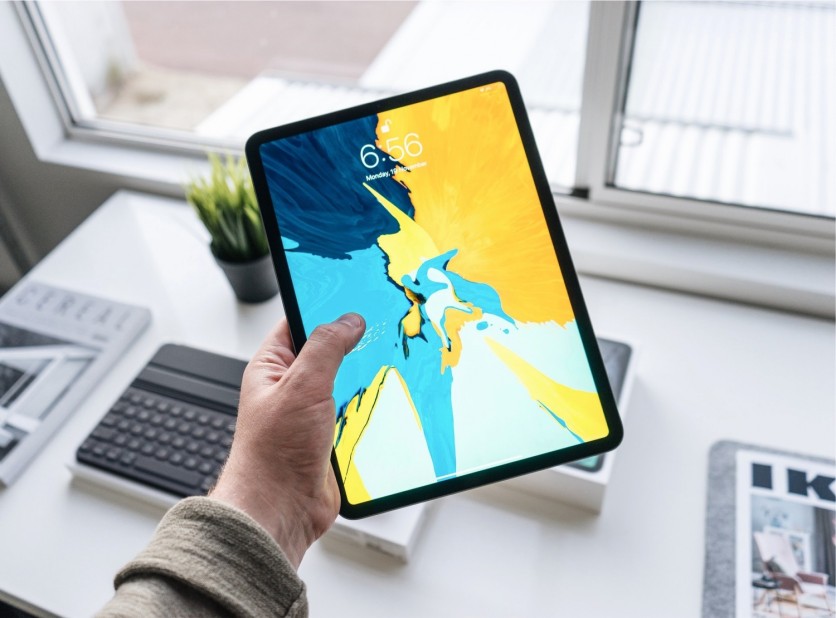Apple is reportedly releasing a second-gen iPad which will have an OLED display. In order for the Cupertino firm to launch this upcoming gadget, there's a need to look for a potential supplier of the OLED technology.
According to the reports, Samsung Display and Ulvac are currently working with one another to bring the Gen 8.5 deposition machine, which will be used for the new iPad.
Apple Suppliers Now Working on OLED-Equipped iPad

As discovered by The Elec, Samsung Display and Ulvac from Japan will finally settle the negotiation regarding the pricing of the OLED deposition equipment. This technology will be placed for Apple's upcoming iPad.
According to the article, the South Korean tech giant will be finalizing its decision about the negotiation in July. At the time, it will supply Apple with the needed OLED panels for the next-gen tablets and laptops.
Speaking of the Gen 8.5 substrates, it's deemed to be more economical than the Gen 6 substrates that are currently contained on smartphones.
Regarding the deposition machines, Samsung Display wants a price of nearly $310 million (400 billion won). It says that it's the only vendor that can purchase the said machines for the iPad.
Meanwhile, Ulvac wants around $540 million (700 billion won) for every unit of the machines.
Related Article : Apple iPad OLED 2022: Next Year Models to Receive New Display, Leaving Behind IPS LCD a.k.a. 'Liquid Retinas'
Mass Production of Gen 8.5 OLED Panels
In another story from Macrumors, Samsung Display could likely roll out the mass production for the Gen 8.5 OLED displays in the latter part of 2024.
Over the past year, the iPhone maker has made a huge transition when it comes to the displays of its devices. On its MacBooks and iPads, it shifted to using mini-LED. However, it's not the end goal of improvement for the company.
In the next few years, we expect that the OLED will be used for certain products. According to the tech site, OLED panels boost the contrast ratio of the device. Thus, it paves the way to ever-lasting battery life for Apple's products.
Additionally, it relies on self-emitting pixels, and backlighting is no longer needed here. As we see, the next-gen Apple Watch and iPhones have been utilizing this special display for a while.
In the past, Apple sought help from Samsung and LG Display when it came to the Gen 6 OLED. The 12.9-inch and 11-inch iPad Pro models had taken advantage of this technology.
Using a more advanced OLED panel is the way to go for Apple if they want to compete with other handheld brands. If the supposed launch of the OLED displays for the iPads will take place in 2024, we expect the next release to happen in 2025.
This article is owned by Tech Times
Written by Joseph Henry




